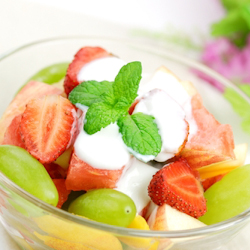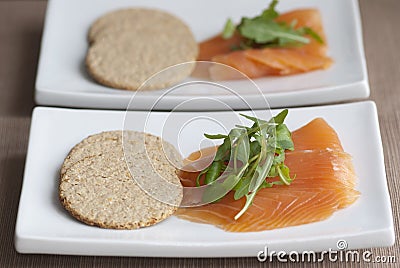I couldn't believe my eyes when I stood on the scales!! The strange thing is that it took me around 10 weeks to lose the first half stone and only 4 weeks to lose the next half!! That may have been me just trying to get used to it and now that I've well and truly reduced my appetite, I don't eat as much on my feed days either....... I cant say that without feeling I'm at the zoo!! Or it could be, as a work colleague suggested, that I'm now back to cycling to work regularly, which will be burning more calories.
I'd like to lose another half a stone and then I'd feel I'd really reached uncharted territory.......well it may have been charted when I was about 12 years old but since then, the needle has been mysteriously magnetised to the double digits.
 One of the main reasons that I started this new Intermittent fasting lifestyle was to reduce the risks of long term health issues such as heart disease, cancer and diabetes. I do believe that type 2 diabetes in particular can be avoided by following the IF plan and eating healthily on the 'feed' days.
One of the main reasons that I started this new Intermittent fasting lifestyle was to reduce the risks of long term health issues such as heart disease, cancer and diabetes. I do believe that type 2 diabetes in particular can be avoided by following the IF plan and eating healthily on the 'feed' days.
Basically the more sugar and refined carbohydrates (which turn pretty much straight to glucose) we eat, the more insulin the body needs to produce in response. The pancreas produces insulin to reduce and stabilise glucose levels in the blood.
And, by the way, when we say bad diet, we're not just talking sweets, chocolates and take-aways. White or simple/refined carbohydrates such as potatoes, bread, pasta, white rice and processed foods all contribute to an increase in insulin resistance as they all convert to glucose very rapidly and have a high GI rating (glycemic index). As an example, potatoes have a higher GI rating (90) than sugar (59)!!
This is because of the way in which the food is converted to glucose. The starch in potatoes is more rapidly converted to glucose, whereas sugar is made up of both glucose and fructose molecules and fructose is processed very differently, not raising our blood sugar levels as high as glucose. However, fructose has its problems too so dont think you can start hitting the sugar bowl!!
The best way of breaking the cycle is to increase your insulin sensitivity. The more insulin sensitive you are, the less insulin the pancreas needs to secrete to stabilise your sugar levels.
By exercising and eating a healthier high fibre diet containing fresh vegetables, pulses, and eating less sugary, refined, process foods it is possible to increase your insulin sensitivity and avoid the onset of type 2 diabetes.
http://www.diabetes.co.uk/reversing-diabetes.html
The solution to diabetes is not at the bottom of a pill bottle or the end of an insulin syringe, it is at the end of your fork and in the shoes on your feet!













